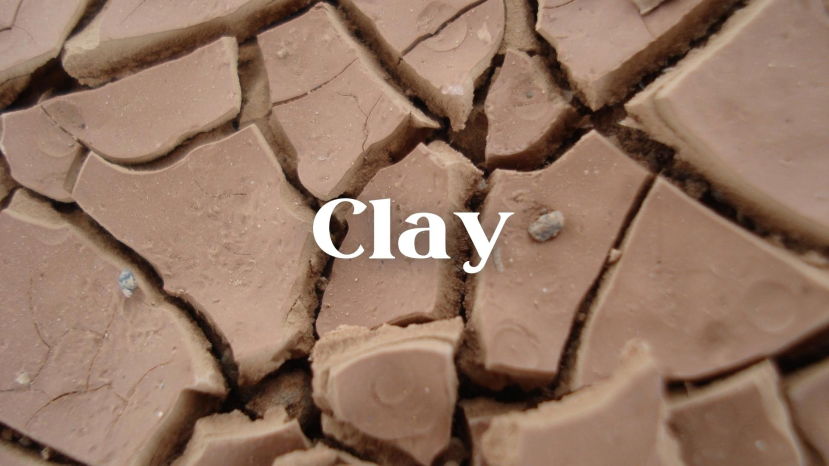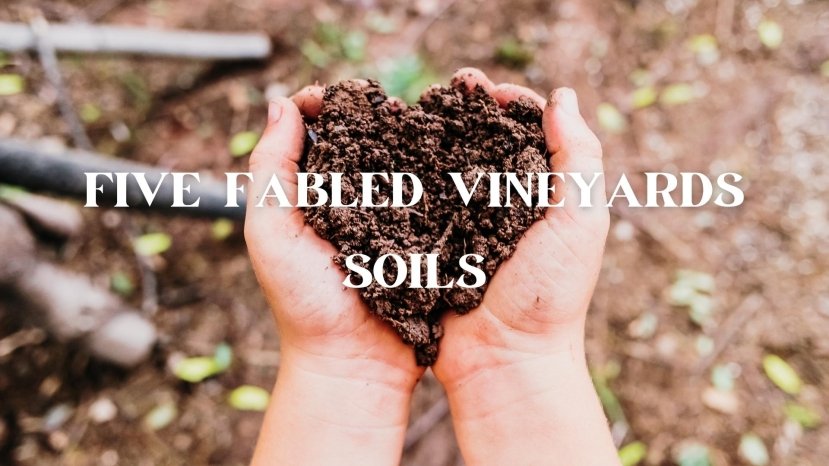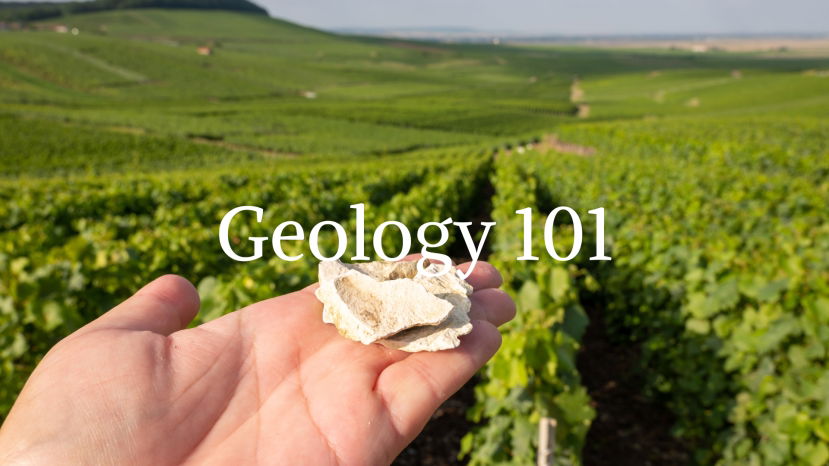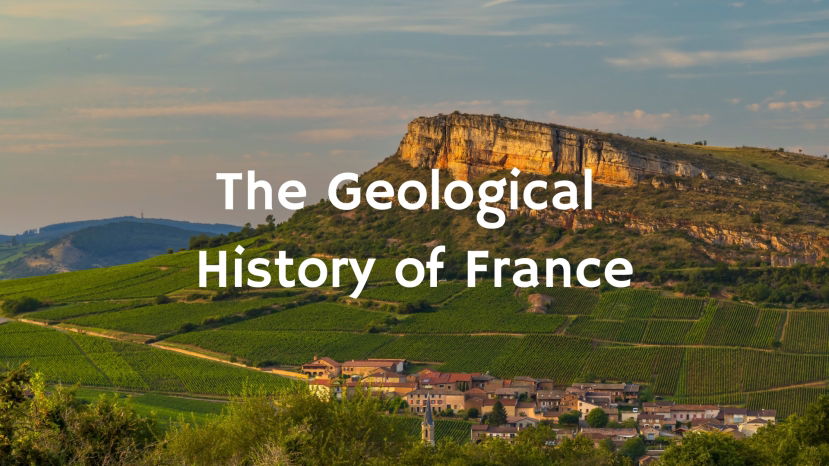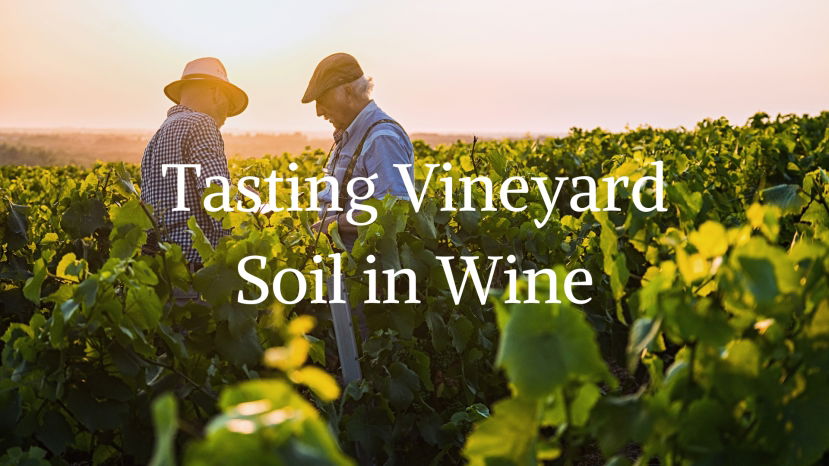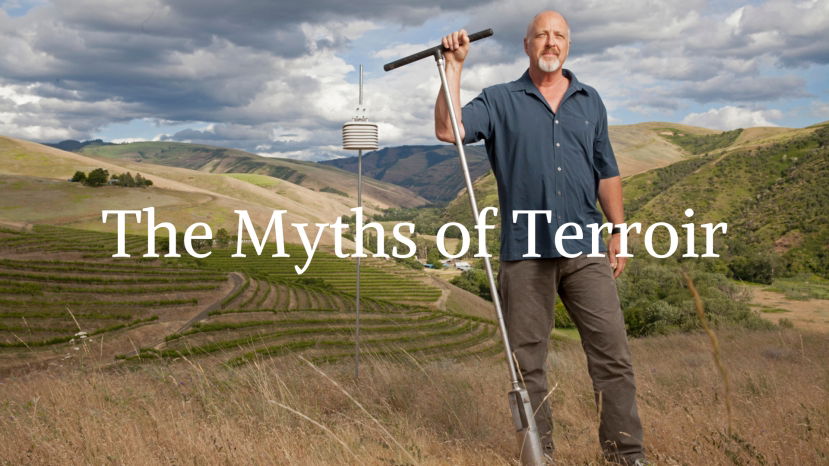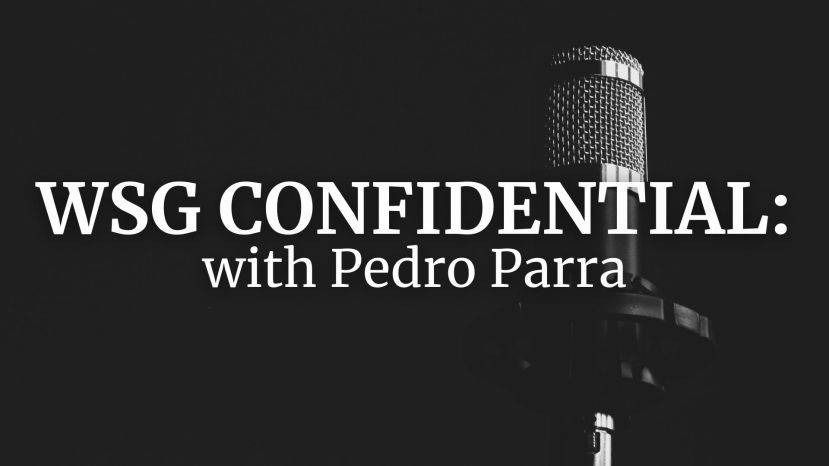BLOG
Soil Types
Summary: Clay is very familiar: in garden soils, for modelling toys, baked as bricks and tiles, pots and plates. It’s very widely used commercially: in landfill linings, drilling muds, animal housing, insulation, explosives, medicines, cosmetics, etc. etc. And yet it’s a rather mysterious substance. What is it exactly? What is it made of? Why does it behave in such unique ways?In this WSG Live I will explain the
Summary: In Burgundy, the word "terroir" is frequently used to designate the subsoil which is thought to be responsible for the classification of the appellations from "regionales" to "grand cru. " This same subsoil is also thought to delineate the puzzling mosaic of "climats" which sculpt the hillside vineyards and influence the wines of the Cote de Nuits' characteristics. This WSG Live will explore the nature of this rock and see if it corresponds perfectly to the
Summary: Of all the vineyard soils of the world, a dozen or so have acquired a designation of their own. Examples are New Zealands Gimblett Gravels (with their astonishing rise to fame), the albarizas of Spains sherry district (made of tiny but crucial architectural marvels), Californias enigmatic Rutherford Dust, the cherished Kimmeridgian of Chablis, and the spectacular terra rossa of Australias Coonawarra. The names probably mean little to most people but to wine
Summary: This webinar will dig into the basics of rocks and soil, and their respective roles in defining a site’s terroir. This discussion will give you the terms, tools, and scientific foundation to discuss terroir like a pro. We will explore the different types of rocks, how they form, and in which wine regions across the globe you can expect to find them.
Summary: In order to understand better the specificities that led not only to the present-day landscape but also to the soil and subsoil nature and diversity of the French vineyard, a travel in the past times is necessary. In order to understand all the key events that occurred during the hundreds of million years of geological history. Being aware that a lagoon, a tidal-influenced
Summary: Why do we think that the vineyard soil is so important for the taste of wine? The rocks and soils in the vineyard certainly affect how vines grow but these days they pervade writings on wine flavor; some commentators believe they are the overriding contributor to taste. There are restaurant wine lists organized not by grape variety, region or style but by geology: granite wines,
Summary: Terroir has often been defined as an untranslatable French concept with somewhat mystical attributes. Some wine experts view terroir as an over-hyped myth, while others consider it to be primarily responsible for the unique sensory characteristics and distinctiveness of wines. This webinar will explore how the concept of terroir has evolved
Summary: Our fifth edition of WSG Live features the Chilean terroir consultant Dr. Pedro Parra. Join Andrew Jefford for a passionate discussion about Pedro's work and his ideas surrounding terroir! Since earning his doctorate in 2004 in Terroirs Viticoles from the Ecole d'Agriculture de Grignon (now part of AgroParisTech), Pedro has travelled the world consulting for many of today's

